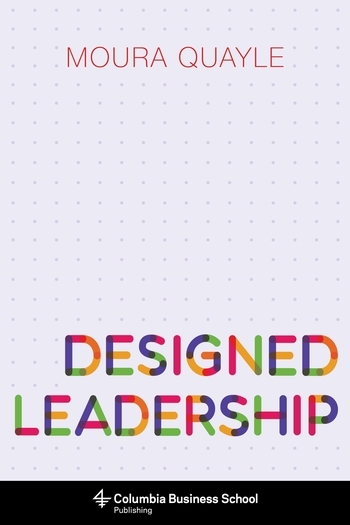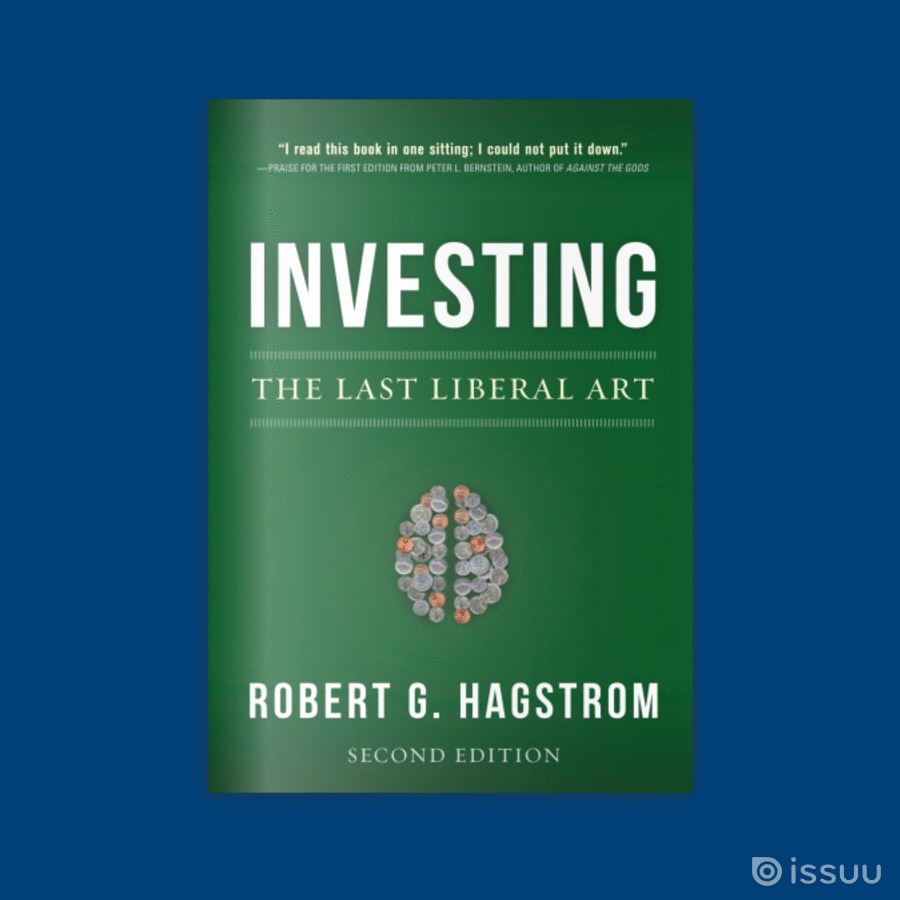Designed Leadership: Principle 1: Make Values Explicit
“In the world of designed leadership, values are essential underpinnings for key principles and practices. What is the use of identifying values in an organization if you don’t use them on a daily basis for decision-making?” — Moura Quayle
The following is a guest post from Moura Quayle, author of Designed Leadership. Over the next several weeks, Quayle will take readers through all ten of her designed leadership principles in a series of posts.
Designed Leadership: Principle 1: Make Values Explicit
By Moura Quayle
This post is about the first principle of Designed Leadership – making values explicit. The other nine principles will be explored over the next few posts.
There is not much that is more important in this world than awareness of what we value—and of what those values are. As I was pulling together my leadership experiences in writing Designed Leadership, I realized that there are different kinds of value sets that are useful in making decisions on everything from the strategic plans for organizations to household decisions around the types of financial institutions we use or the philanthropic choices that we make. There are core values, process values, and foundation values. The value you hold also drive your approach to the strategic design method—a collaborative, visual, disciplined thinking method for tackling complex problems (small and large) and systemic challenges.
As I write in my book: “In designed leadership, values are strategic markers to orient principles and provide touchstones for assessments of incremental or final performance. This accountability (also a value) is fundamental to the effectiveness of designed leadership—it’s the value-add of the design process generally.”
Core values such as accountability, effectiveness, elegance, and respect are defined only as a means to aggregate other components or meta-values. When I started thinking about what values are “core,” accountability popped up as a key one. And it isn’t simple to identify what accountability means beyond the usual financial or accounting business context. I also have accountability to myself and my colleagues around my relationships and my work. Similarly, effectiveness means different things to different people. If accountability is assessment of external values, then effectiveness is an assessment of internal values which range from communication to process understanding to getting the job done. Elegance is maybe one of my favourite core values and perhaps an unusual one for some people. Elegant solutions are something to strive for whether you are a math whiz, a coder, or the US ambassador to France. The elegant outcome is one that takes complex inputs and makes the solution look easy. Elegant solutions are achieved through hard work and intention. Finally, respect is core, process, and foundation all rolled together for designed leadership. It is essential, aspirational, and learned. Respect is how we can acknowledge and learn about the many belief systems that exist in our world. Most importantly, people have to feel respected before they can be comfortable with change, and these days change is constant.
Process values—complexity, resilience, diversity, erudition—bring another perspective to intentional design. They direct and guide us through any thinking and problem solving methodology. We run across complicated problems on a day-to-day basis and usually find a way to solve them. However, complex problems can stop us in our tracks. These complex problems are often called messy or wicked problems these days. The wicked problem terminology came from Horst Rittel and his colleagues at UC Berkeley. I had the great experience of taking a course from Rittel so was introduced to this “type” of problem early in my career. These are problems that are difficult to define and owned by many. The strategic design method is great to help unpack them. Resilience, diversity, and erudition are values that are key in designed leadership where adaptability, robustness, openness and earning are essential.
Foundation values are perhaps the ones that we are most used to identifying as values: honesty, cost-effectiveness practicality, and being organized. As David Fushtey (governance guy) says, “Today, in value terms, everything matters.” Designed leadership acknowledges this fact and embraces the idea that everything does matter.
The ten principles for designed leadership illuminate how a designer mindset applies to leadership and what principles are useful to apply in life and in work. The first of these ten principles, Make Values Explicit, illustrates the centrality of values in designed leadership.
Principle 1. Make Values Explicit: Make values explicit to communicate more consistently with others in decision making, oversight, and accountability assessments.
In the world of designed leadership, values are essential underpinnings for key principles and practices. What is the use of identifying values in an organization if you don’t use them on a daily basis for decision-making? At the British Columbia Ministry of Advanced Education we tried various ways of integrating values into our decision-making processes, including making them an explicit part of the agenda. This involved co-creating the agenda at the beginning of our meetings and keeping visual reminders around the meeting table. It also required discipline on behalf of the executive to connect our discussions and decisions to our values. “Good designed leadership makes values explicit, stating them in easy-to-understand terms, followed by principles and, often, by guidelines or standards. This way, the values are connected and can be used transparently and openly to inform decision-making. Designed leadership demands elasticity of thinking—being able to take a value like ‘respect,’ and articulate what it means to be respectful, as well as what it means to be disrespectful. This type of discussion helps us more deeply understand values and what they mean.”
Value discussions can cause tension as we cross disciplines and start talking business and design. We have different languages and use words in different ways. “Language is the medium we use to explore and learn, to grow and change—based on our values. So, connecting the languages of business and the language of design has the potential to create new language and new behavior—and ideally, new approaches to problem solving.”
“It is vitally important to clarify your own values, and to work with colleagues to define the key values of a community or organization. Once defined, it is important to use values in decision making and strategic thinking.”






1 Response